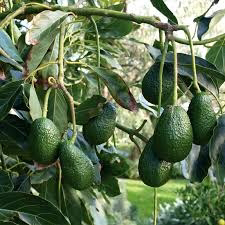Managing Fruit Trees
Managing fruit trees
Fruit trees have become a rising trend and venture in Uganda and the world at large so as to enhance food security. What then are the general management practices for fruit trees so as to enhance good quality fruits and high yields?
1. Deciding What to Grow
Carry out comprehensive research on the ecology and growing conditions of the fruit you aim to plant. Find out more on the light, moisture and disease resistance for the trees. Consider the topography and required spacing.
2. Planting
Follow proper planting techniques, including digging a hole of appropriate size, planting at the correct depth, and ensuring good soil contact around the roots. Consider the spacing requirements for each type of fruit tree to allow for proper growth and airflow.
3. Watering
Provide adequate water to newly planted trees to help establish their root systems. Once established, monitor soil moisture levels and water as needed, especially during dry periods or hot weather.
4. Pruning
Pruning is important for shaping the tree, removing dead or diseased branches, improving airflow, and promoting fruit production.
5. Pest and Disease control
Monitor fruit trees regularly for signs of pests, diseases, and nutrient deficiencies. Implement integrated pest management (IPM) strategies, which may include cultural practices, biological control minimize damage to the trees and fruit.
These are a few ways in which fruit trees should be managed to increase yields, quality and profitability. For theses and much more insights on fruit trees or to place orders for your fruit seedlings, you can contact us on:
0708729144
WhatsApp using this link
https://wa.me/256708729144




Comments
Post a Comment